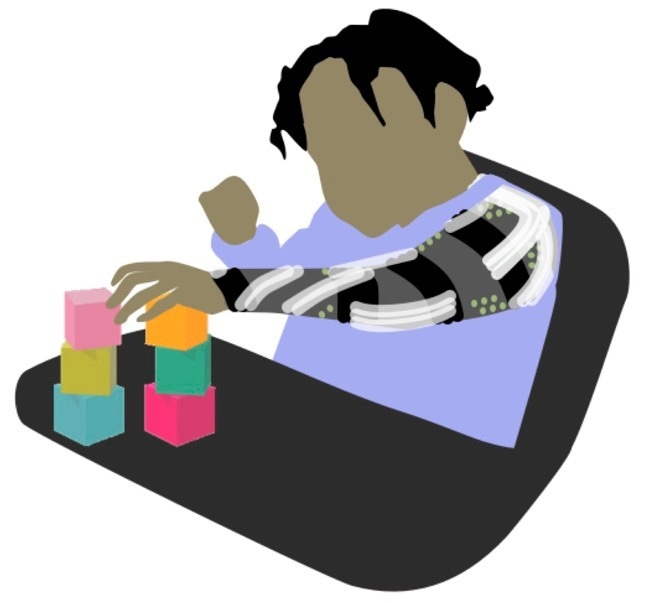Engineers at the University of California, Riverside are creating inexpensive robotic “clothing” to aid children with cerebral palsy in gaining control over their arm movements.
 Concept image of proposed assistive device. Image Credit: Jonathan Realmuto/UCR
Concept image of proposed assistive device. Image Credit: Jonathan Realmuto/UCR
The devices planned for this project are intended to provide long-term regular help for people with cerebral palsy, which is the most frequent cause of major physical disability in children.
Traditional robots, on the other hand, are inflexible and uncomfortable for human bodies. This study, made possible by a $1.5 million grant from the National Science Foundation, is using an innovative strategy to create devices from soft textiles, promoting more natural limb functioning.
Hard materials don’t interact well with humans. What we are going for by using materials like nylon and elastic are essentially robotic garments.
Jonathan Realmuto, Project Lead and Assistant Professor, Mechanical Engineering, University of California, Riverside
These clothing items will have airtight, sealed areas that can inflate, making them briefly rigid and providing the force for movement.
Realmuto added, “Let’s say you want to flex the elbow for a bicep curl. We can inject air into specially designed bladders embedded in the fabric that would propel the arm forward.”
The project will concentrate on building the robot and creating the algorithms that train the device to anticipate the motions the wearer wishes to make.
One of the critical challenges in providing movements assistance is interpreting a person’s intention. We want a ‘volitional controller,’ so the robot behaves in terms of what the human wants to do.
Realmuto
Jun Sheng, an assistant professor of mechanical engineering at UCR, is also a project team member.
One feature of such a controller is using various tiny sensors on the sleeves to identify small voltages produced when muscles contract. The voltage data from these sensors will be fed into an algorithm trained to deduce the wearer’s purpose.
The cost of the sleeves will be low since widely accessible textiles were used as opposed to conventional, stiff materials. In addition, the team wants to use complex electronics as little as possible, which will also help patients spend less overall.
The prototypes will be tested and improved upon by children from a pediatric movement disorder clinic at Children’s Hospital of Orange County, where this project is being carried out in collaboration.
The research team will convene yearly for each four-year project at the hospital. These meetings will gather input on the technology as it evolves from the patients, their families, and occupational therapists.
“By centering stakeholders in our design process, we hope to develop a product that truly works for them,” Realmuto added.
The development team sees this work as improving community-wide independence, not just for pediatric patients.
If we can help kids brush their own teeth, pour water or open doors, actions that others take for granted, it is a huge win for them. But it is also a win for their families and caretakers.
Realmuto
The technology can eventually be applied to various applications and demographics, including geriatric patients and other individuals with movement disorders, even though this project primarily focuses on children with movement disorders.
Realmuto concluded, “Our technology is universal.”